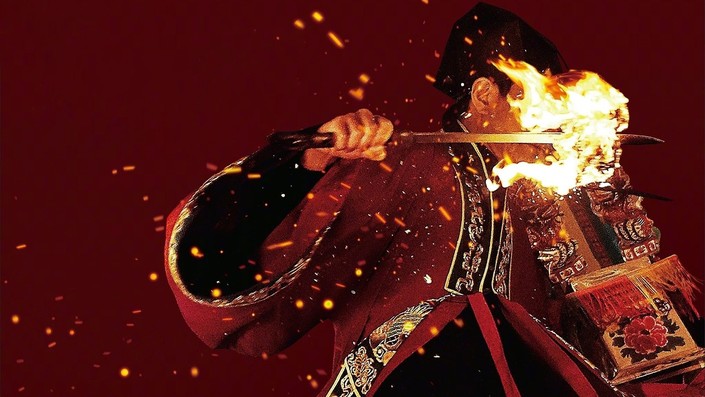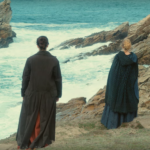Death is a common theme we often encounter in films, but what about the procedure that follows a person’s death? They are usually overlooked as mundane or too slow-paced for a cinematic storytelling and therefore left untold. The Last Dance, however, builds its entire narrative around the aftermaths of death, and does so in a way that is both engaging and heartfelt. At its heart, this piece is an interpretation of life itself. It is one of those rare works that leaves you silent when the credit rolls, compelled to process and reflect on everything you have just experienced.
Set in Hong Kong, the film explores two central themes: the pursuit of closure for the living, and the delicate balance between modern perspectives and age-old traditions. The story follows Dominic Ngai (Dayo Wong), a former wedding planner who unexpectedly shifts careers to become a funeral organizer, stepping into the unfamiliar world of Taoist funeral rites, partnering with the seasoned Master Man Kwok (Michael Hui). Over time, Dominic undergoes a dramatic character development where he transforms from a man dismissive of ritual and tradition into someone who embraces the responsibility of his work. Each misstep and encounter draws him closer to an understanding that his role carries immense weight: guiding the final passage of a life, and offering closure to the living left behind.
The film’s challenge to traditional ways of thinking introduces a fresh perspective, that “the feelings of the living are the most important.” Funerals are typically viewed as rituals for the deceased, a perspective reinforced by Master Man Kwok as a Taoist priest. In contrast, Dominic reframes the practice in terms of prioritizing the needs of the living, treating funerals as a farewell ceremony to the deceased for the living. This shift encourages the audience to reconsider both the purpose of the ritual as well as the emotional impact of loss, opening a pathway beyond traditional thinking.
The theme of closure is most powerfully expressed through Master Man Kwok’s fractured family. Rooted in Taoist tradition, his preference for his son over his daughter exposes the harm caused by rigid gendered beliefs and emotional detachment. The daughter’s struggle for recognition highlights how unspoken resentment corrodes family bonds, which is a dynamic that resonates strongly within cultures where open emotional expression is often suppressed. Their relationship remains unresolved, with the daughter learning of his true feelings only through his obituary. Yet closure emerges in ritual rather than dialogue. At Master Man Kwok’s funeral, both of his children participate in the Taoist ceremony, performing “the last dance” according to his final wish, subverting the tradition he had rigidly upheld throughout his life. This act highlights that even when reconciliation in life proves impossible, funerary practices can still provide a form of closure, offering the living a way to navigate grief and unresolved relationships.
Thoughtfully choreographed, the last dance is captured with cinematic elegance, offering a moving introduction to a ritual many viewers may not have encountered before. The film grapples with weighty themes and is not to be missed by anyone who appreciates emotional storytelling and rich, layered messages.




